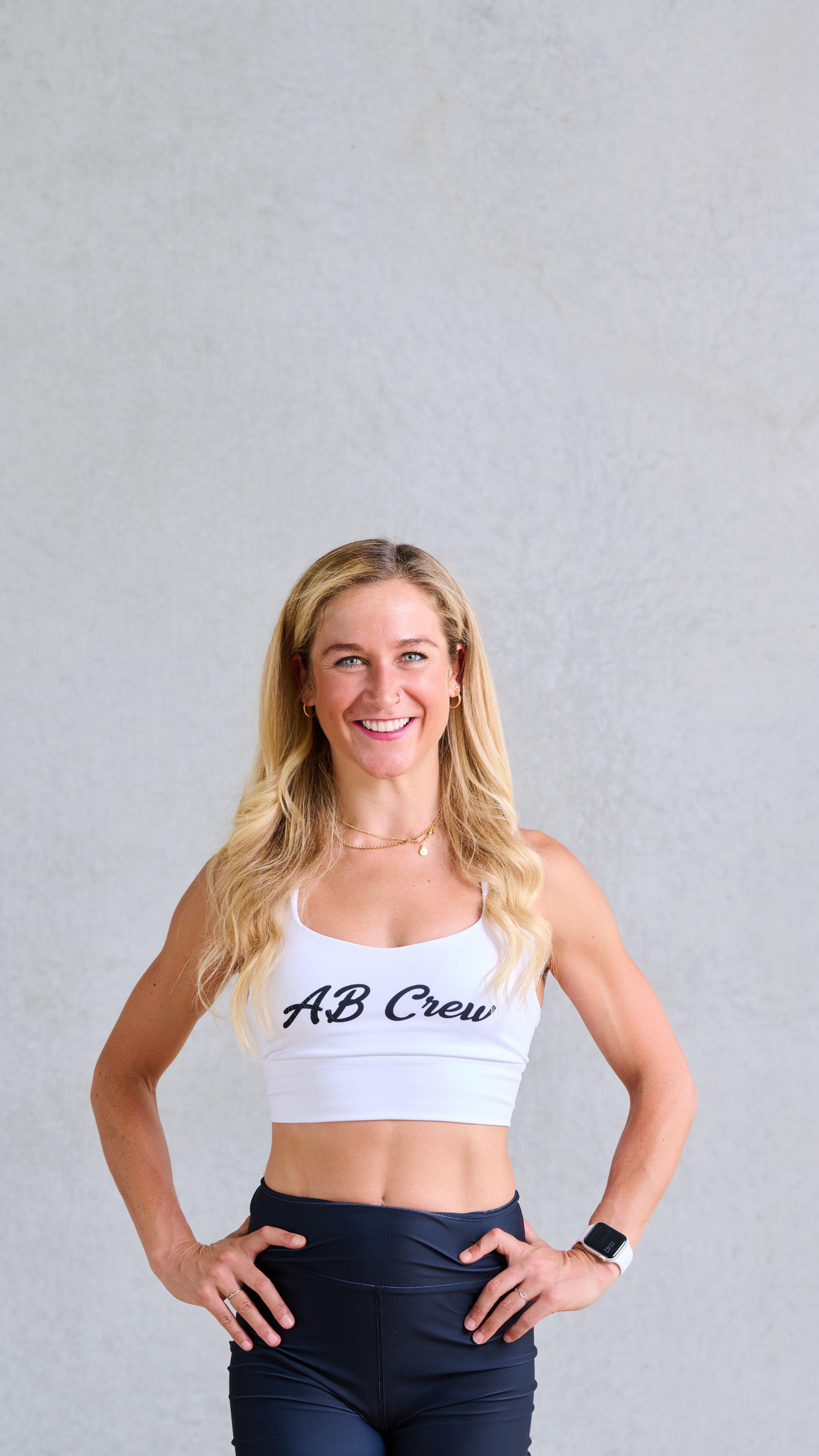When it comes to enhancing your running performance while minimising injury risks, selecting the right surface and terrain is crucial. Within the clinical Physiotherapy environment, it's often a case of guiding runners through this decision-making process, tailoring advice to fit their unique fitness levels, running experience, injuries, weaknesses and personal goals.
Hard and soft surfaces both have their pros and cons depending on each individual.
Here's the low down:
Pavement Running: Convenience Meets Challenge
Pavement is the go-to for many runners due to its accessibility. Yet, its hardness can strain joints over time particularly to those who have a history of joint or bone stress injuries. Choosing running shoes with exceptional cushioning is essential to mitigate this impact, safeguarding your joints and enhancing your pavement running experience. If you have a history of joint or bone stress, I would advise to keep pavement/concrete running to 1-2 per week and opt for gravel, trail or grass for the majority of your runs (especially for your bulk/easy milage.)
Grass: The Gentler Alternative
All runners have a love hate relationship with grass runs. It feels great underfoot and is kind to the bones and joints, but, on the other hand it is difficult to do fast speed work on grass and can overload tendons such as the achilles. When seeking a softer surface, short cut grass is my favourite option as it's ideal for injury recovery, joint protection, and also challenges run pace due to its natural unevenness, making it a wise choice for those wanting to challenge their stabilisers & balance.
Trail Running: Adventure with Benefits
Where possible, I love to encourage runners to utilise a trail run once per week. Trail running helps diversify your routine, the varied terrain helps to improve balance, agility, and muscular strength in a multidirectional plane. It's also great for the mind and soul being amongst nature and switching into a flow state. Remember, trails present their own set of challenges, such as increased unevenness and potential obstacles. I always advise to equip yourself with trail-specific shoes featuring robust traction and gradually familiarise yourself with this dynamic environment. If you are fresh off an ankle sprain, tendon injury or bone stress injury, it's best to avoid trails until you feel confident with lower limb balance and strength.
Sand Running: Intensify Your Workout
Most runners will avoid soft sand running at all costs. It's hard work for the body, mind and legs and can certainly overload the calves and ankles. That being said, if you love a challenge, don't have a lower limb injury and want to work on strength, sand running is unparalleled for muscle strengthening and endurance building, thanks to the extra effort required for each step. I always advise to begin with shorter distances, progressively extending as you grow stronger, to fully reap the benefits while keeping an eye on how your calves (in particular) pull up the next day post session.
Tailoring Your Terrain Choice
Ultimately, the best running surface is one that aligns with your personal needs, goals, and injury load considerations. Attentiveness to your body's responses and gradual progression in distance and intensity are key to a fulfilling and injury-free running journey. Ideally, a variety of surfaces is ideal to keep the load, strength and balance, both challenging and safe at the same time.
Listening to your body and choosing a surface that aligns with your running objectives, health status, and comfort level is imperative. With the right footwear and a mindful approach to increasing your running regimen, you can enjoy a safe and productive running experience across any terrain.
To work on strength, mobility and injury prevention, download the forRunners.app to get the best tips, tricks and advice from Physios who are runners and understand runners.
Alice Baquie
Founder forRunners.app

About Alice Baquie
Alice has been a physio for fourteen years and specialises in injury prevention and management for runners. Alice has represented Australia in distance running and gymnastics so has sound knowledge of athletic performance and understands the importance of strength conditioning and mobility to help keep the body moving effectively to mitigate injuries.
Alice, otherwise known to her wonderful pilates community as AB is a fun loving inclusive person always ready to chat and have a laugh and has hosted 1000’s of online classes which attract people from all around the world, including 25 Aussie Olympians.


